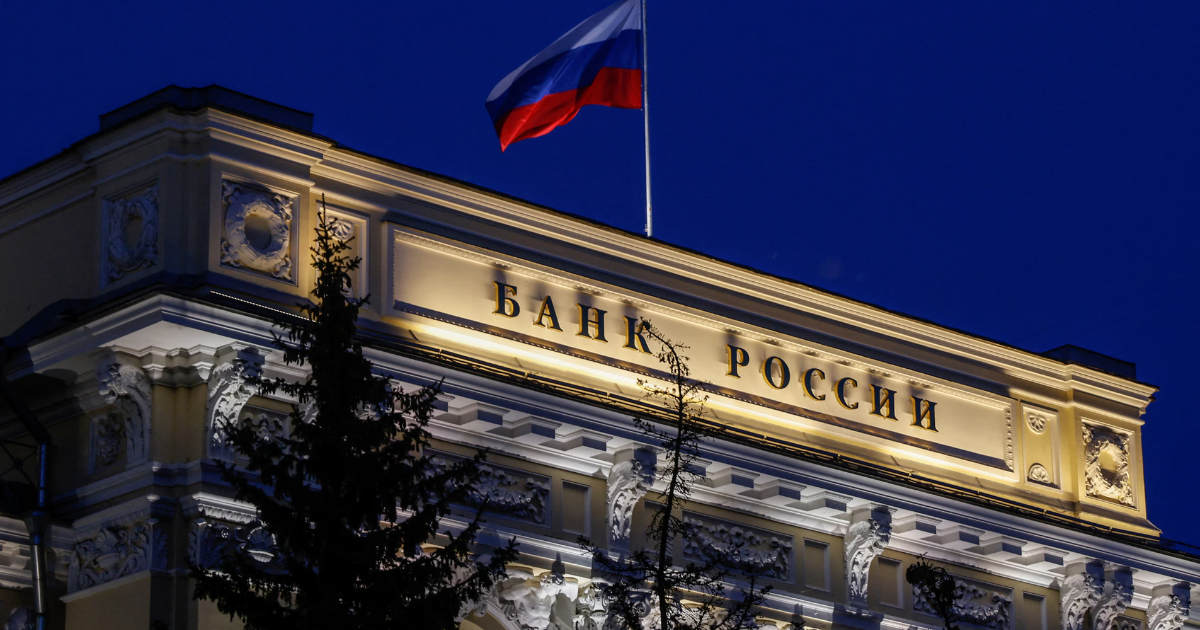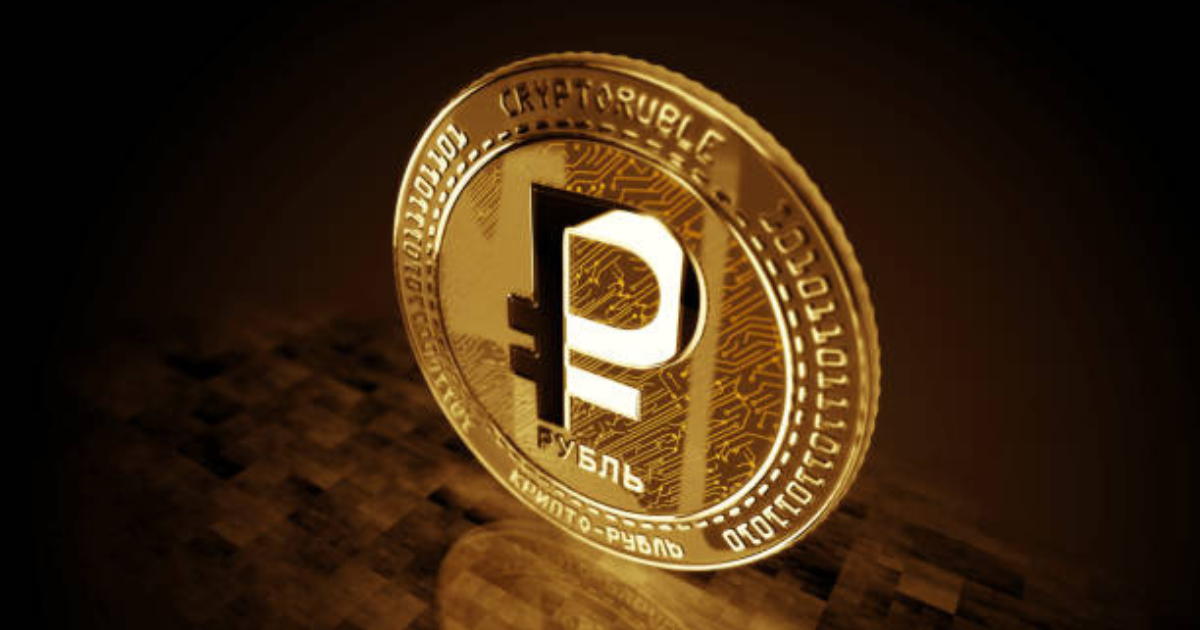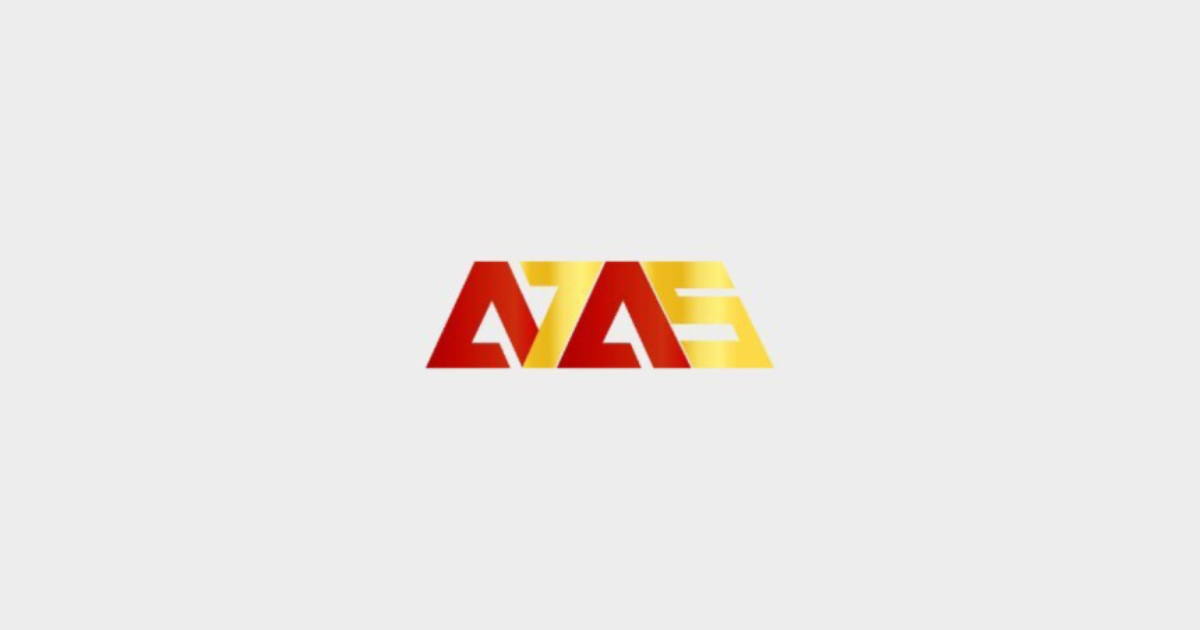Independent review has confirmed that 100% of the fiat is being kept behind Ruble-pegged stablecoin even as it circulates. As a result, the industry now has a higher level of transparency in its digital assets.
The audit was performed by Kreston Bishkek LLC which is a member of the Kreston Global network working in over 100 nations. All Treasury stablecoins were found to be backed by the required number of Russian rubles.
Key-Takeaways:
- A7A5 received an audit showing it is fully backed by Russian rubles which helps build stability in stablecoins.
- The country’s laws favoring cryptocurrency help A7A5 provide its yield model across the region.
Kyrgyzstan’s Laws Allow For Innovative Action

Kyrgyzstan issued Ruble-Pegged Stablecoin with formal approval from the local company Old Vector within the government’s full digital asset framework. In 2022, Kyrgyzstan passed formal rules for cryptocurrencies, revised in 2023 and was then one of the first nations in the region to regulate crypto markets.
The Ministry of Finance will oversee the Coin National Exchange, proving that the government remains active in regulating crypto assets. This transparent policy gives both projects and investors safety from potential legal risks common in other areas.
As Kyrgyzstan welcomes cryptocurrencies, it has drawn in major figures like former Binance CEO Changpeng Zhao to support the Ruble-Pegged Stablecoin. Kyrgyzstan has further strengthened its role in the regional crypto sector after Binance and the Kyrgyz government signed a memo of understanding to help create infrastructure for digital assets.
Yields Earned From Russian Interest Rates
 The difference is that this Ruble-Pegged Stablecoin rewards its users by making use of high interest rates in Russia, unlike other stablecoins. The fiat reserves earn interest at the Russian Central Bank’s refinancing rate and can be further supported by strategies from the decentralized finance sector.
The difference is that this Ruble-Pegged Stablecoin rewards its users by making use of high interest rates in Russia, unlike other stablecoins. The fiat reserves earn interest at the Russian Central Bank’s refinancing rate and can be further supported by strategies from the decentralized finance sector.
A7A5 holders automatically receive half of their daily interest income each day without having to do anything. Based on the project’s records, 50% of money deposited into the bank is paid out in 24 hours and whatever is left helps cover daily expenses and boost the reserve.
The Ruble-Pegged Stablecoin applies rebase to the supply which distributes interest income to everyone in proportion to their holdings. With this system, users no longer need to claim rewards manually; the protocol handles it by updating a global coefficient.
Financial institutions in Russia hold the ruble reserves, selected for their banking connections in Kyrgyzstan which supports better financial integration. Because of this, the Ruble-Pegged Stablecoin could help crypto users who wish to use something different from USD-backed stablecoins.
The Ruble-Pegged Stablecoin went live on Meer Exchange, Kyrgyzstan’s regulated cryptocurrency exchange, in April 2025. Trading that meets Kyrgyzstan’s regulatory rules, including KYC and AML requirements, gives institutions and retail users a legal way to purchase ruble-backed products.
Ruble-Pegged Stablecoin had a circulating supply of over $140 million just a few weeks following its launch, illustrating the high interest from Russians and residents of CIS countries looking for different stablecoins. After the freezing of some Russian-connected USDT wallets, this demand rose.
It is intended that DeFi platforms use Ruble-Pegged Stablecoin for lending, supplying liquidity and putting up collateral for synthetic ruble-backed products. Offering your token in planned listings on Uniswap opens up your project to more DeFi users and liquidity pools might give you the chance for more passive income.
Carry trade strategies can use the Ruble-Pegged Stablecoin, as its high rewards allow it to be paired with lower-yield stablecoins. Tokens are managed through smart contracts implemented on both Ethereum and Tron, and all actions such as minting, burning and pausing are determined by multisignature processes in Solidity to keep the platform protected.
Credible audits give the Ruble-Pegged Stablecoin a trust edge and it will now be closely watched as a standard of transparency by investors, traders and those who value yield. Always offering weekly reserve reports and quarterly audits is crucial as the token becomes popular all over the world.
Stablecoin rivals within BRICS countries are expected to compete more fiercely when they begin to operate. Because it was among the first, supported by Kyrgyzstan’s crypto-friendly rules, the Ruble-Pegged Stablecoin is well-positioned to gain more customers in this growing market.
Conclusion

Ruble-Pegged Stablecoin A7A5 marks an important growth in regulated stablecoin development by proving that emerging market currencies can keep up with the established dollar-linked options by being open, obeying the law, and having innovative ways to earn money for users.











